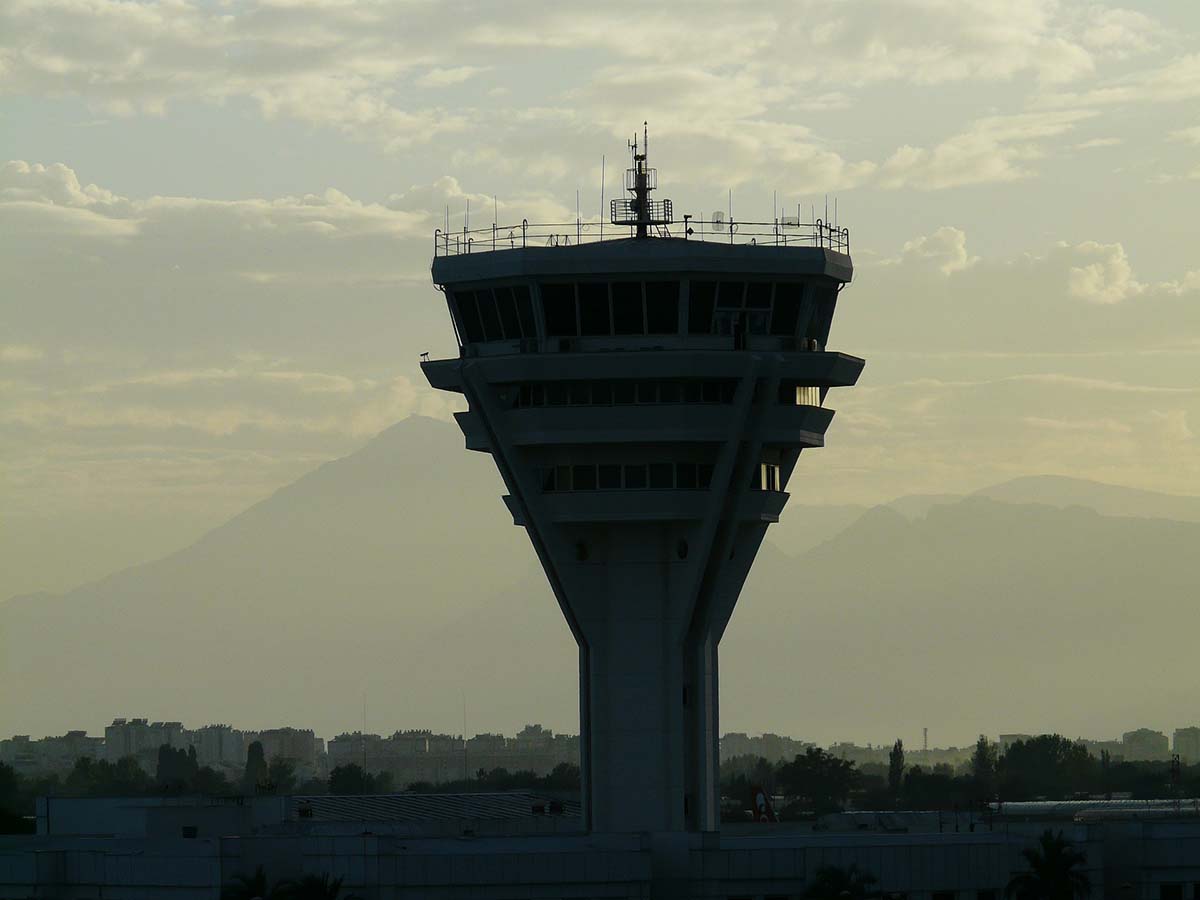The United States Government was shut down for 35 days, at a reported cost of $11 billion hit, including $3 billion that can never be recovered. That might not surprise anyone that understands the scope of federal workers' contribution to GDP, but the fact that the current air traffic system almost collapsed as a result of the shutdown should resonate in a much more profound manner.
The current Air Traffic Control (ATC) system in the USA manages 27,000 flights arriving and departing to and from nearly 80 countries, carrying 2.3 million passengers and 55,700 tons of cargo daily. Commercial aviation in the United States is estimated to contribute $846 billion to our GDP, the equivalent of 4.9 percent of annual economic output of the largest economy in the world.The way the current ATC system operates is by voice commands and human radar monitoring; it was designed and implemented in the 1950s when TVs were in black and white and most aircraft were propeller driven. As a general rule, the FAA mandates a minimal spacing of flying aircraft of three-miles laterally and 1,000-feet vertically. When the system is under stress, as it was during the recent shutdown, controllers are in short supply and the FAA, rather than put safety at risk, creates additional space between aircraft so the number of controllers on duty can safely handle the flow.But why am I telling you this?Because the current ATC system needs to be replaced. It needs to be modernized with an automated system that will be inherently safer and directly enable the inevitable growth of traffic that is inevitable in a healthy economy.In the midst of this need is the push to the FAA from the unmanned aerial vehicle community to allow commercial drones into the system. We’re moving closer and closer toward commercial flight integration, but how can we really do that if there are no pilots on board to receive and execute the voice commands? That’s why there’s a strong movement in the USA and Europe to develop the new Unmanned Traffic Management (UTM) systems that would allow drones to safely interact with manned aircraft.But why are we separating the need for a more modern ATC system from the imperative to have an automated scheme for drones? In my opinion, these two initiatives are one and the same.Here’s an example: On Tuesday I had to ferry a Citation jet from Boca Raton, FL – KBCT – to Conroe, TX – KCXO – with a brief fueling stop at Pensacola, FL – KPNS; we had 110 knots of headwinds thanks to the jet stream at 28,000 feet so we didn’t have enough fuel to reach Conroe direct.After departing Pensacola we immediately entered Houston Center airspace and they began controlling our IFR flight. Conroe’s airport is located under the inverted wedding cake of Houston Intercontinental Airport Class B airspace and therefore I suspected that we’d experience the usual two or three amendments to our route, so I saw an opportunity to quantify and document.What I did was instruct my copilot to talk to ATC while I timed and documented the exchange. I also wanted to know exactly how many seconds it takes to re-route a jet traveling at 350 knots rapidly approaching a congested area.From the moment the AT controller contacted us to notify of the first amendment to the moment the plane turned in the new direction, 72 seconds passed; in other words, if every flight takes about a minute to amend a route, the system is almost at full capacity as we speak!A plane flying at 350 knots (403 mph) advances 0.111 miles per second over the terrain, so we moved 8 eight miles in the time it took for that exchange. A few minutes later we had a second amendment, this time closer to Houston and therefore more complicated. This one took 85 seconds (9.4 miles).Now let’s imagine for a moment a system that could send a digital signal to the aircraft with the modifications to the flight plan. A red light in the cockpit alerts the pilots that there’s an amendment to the route, so they see the amendment, review the consequences to their flight (fuel and other considerations) and then press a button that accepts the change. The system then signals back that the amendment has been accepted and automatically updates the flight plan in the navigation system on board and the plane turns towards the new waypoint. All this could take place in five seconds or less. This would give existing air traffic controllers the time to monitor and supervise more planes and more traffic because they wouldn't have to spend a great deal of time spelling waypoints.Today the ATC system has an alternative known as CPDLC (Controller-Pilot Data Link Communications), but it costs millions to install in each aircraft and is heavily regulated by the FAA through a very strict Advisory Circular 90-117. The new system must be scalable and affordable and should be implemented with very few exceptions for certain legacy aircraft.With new technology that relies on digital instructions and automated updates to flight plans, we can now integrate unmanned vehicles into a more safe Air Traffic Control system and allow growth, which will in turn contribute to better transportation and the economy in general. The urgent need to modernize ATC must be executed in parallel with the efforts by the unmanned community to develop and deploy UTM.Subscribe
The information you submit will be stored and used to communicate with you about your interest in Commercial UAV News. To understand more about how we use and store information, please refer to our privacy policy.
February 4, 2019
Will the Government Shutdown Help Spur a Necessary Modernization to the Current ATC?















Comments